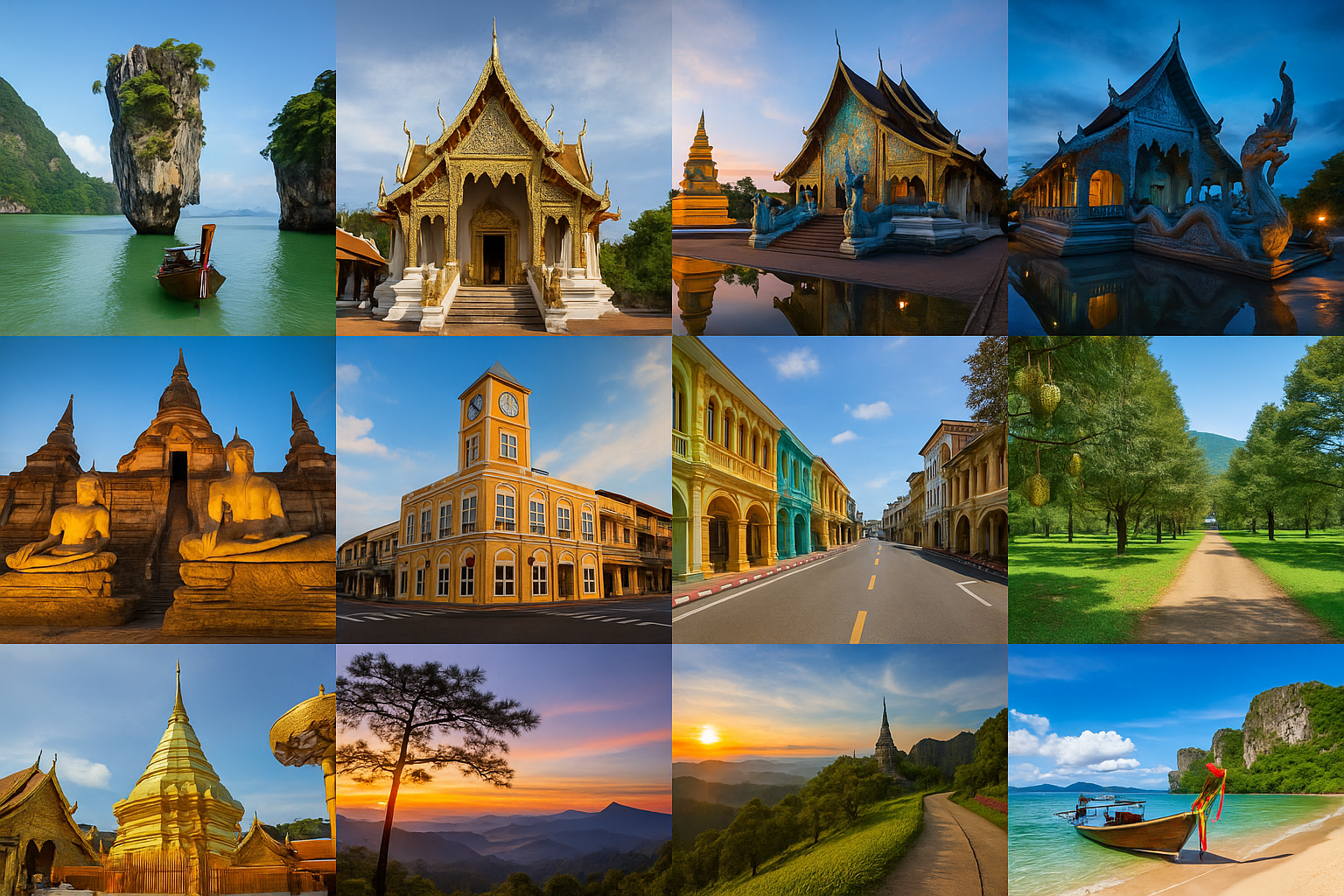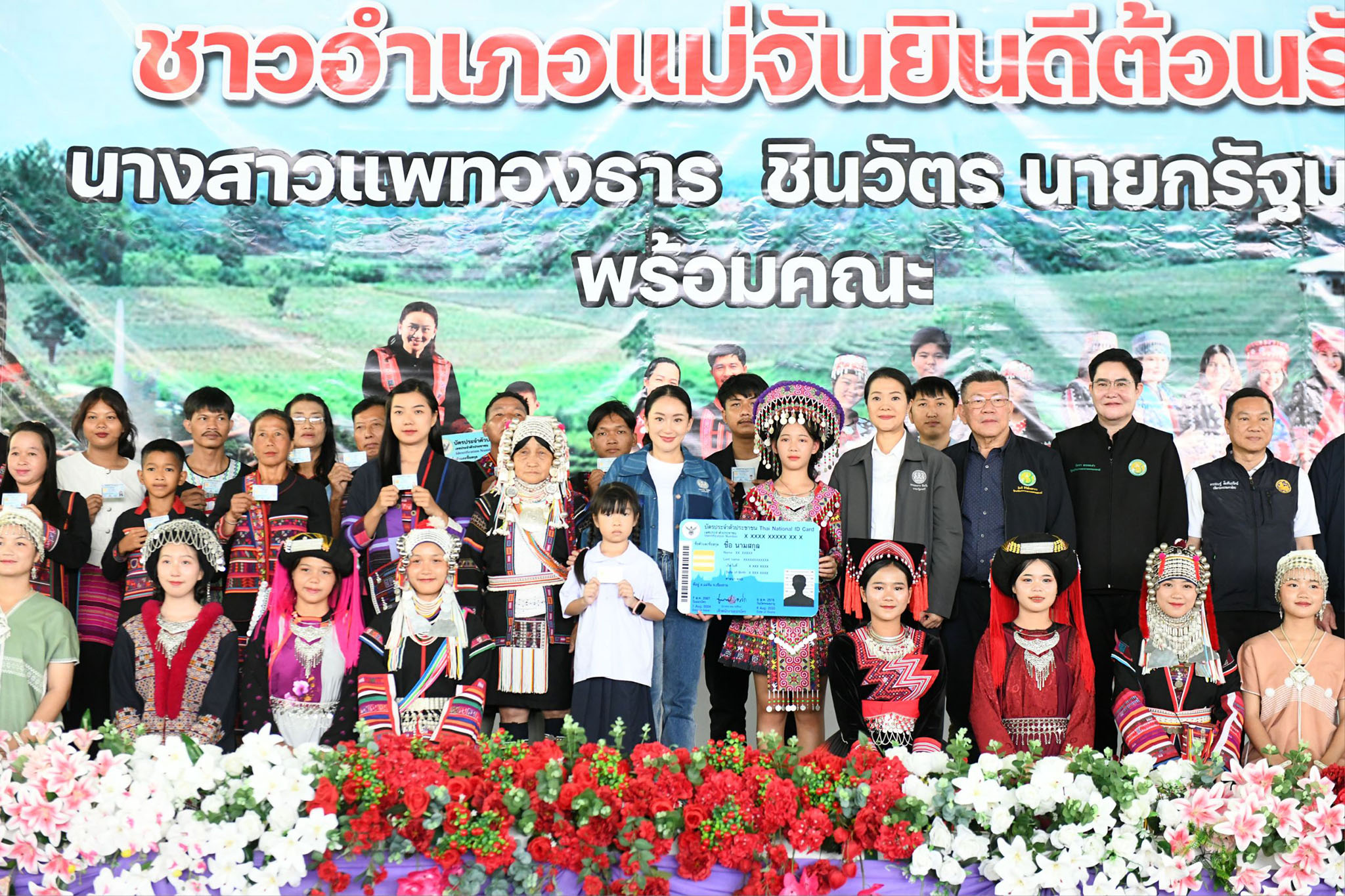The Origins of Thailand: A Comprehensive Historical Journey from Prehistory to the Modern State
1. Pre-Thai Civilizations: Crossroads of Ancient Cultures
The land that is present-day Thailand has been inhabited for over 40,000 years, with evidence found in sites like the Spirit Cave and Ban Chiang.
These archaeological discoveries reveal advanced Neolithic and Bronze Age societies, skilled in agriculture, textile production, pottery, and early metallurgy.
Ban Chiang in Udon Thani is a UNESCO World Heritage Site, representing a key center of early metallurgy and societal complexity that influenced all of mainland Southeast Asia.
2. Early States and External Influences
- Dvaravati (6th–11th centuries CE): Centered in Nakhon Pathom–Suphanburi, reflecting Theravada Buddhism and South Indian artistic influences.
- Srivijaya (7th–13th centuries): A maritime power based in the South, connecting Indian Ocean and Chinese trade routes, and shaping the Buddhist landscape.
- Funan–Chenla–Khmer Empires: Khmer culture and statecraft extended deep into present-day Northeast and Central Thailand, leaving behind monumental architecture and inscriptions.
3. Migration and the Roots of the Thai People
The Tai-Kadai peoples, ancestors of modern Thais, began migrating from Southern China into the Mekong basin and northern Thailand between the 8th and 13th centuries.
They assimilated with indigenous groups, blending languages, religious practices, and traditions, giving rise to distinct regional identities.
Linguistic, artistic, and legendary evidence across the North and Northeast demonstrates this fusion of Tai, Chinese, Khmer, Mon, and Burmese influences.
4. The Sukhothai Kingdom: Dawn of the Thai State
Founded in 1238 CE by King Sri Indraditya, Sukhothai marked the rise of the first truly independent Thai kingdom.
Under King Ramkhamhaeng the Great, the Thai script was invented, Theravada Buddhism flourished, and a paternalistic style of governance was established.
Sukhothai’s stone inscriptions, especially the Ramkhamhaeng Inscription, provide invaluable records of language, law, and daily life.
The kingdom also developed tributary relationships and traded with regional states.
5. Expansion and Reform: Lanna, Lan Xang, and Other Polities
- Lanna: Centered in Chiang Mai, this northern state fostered a unique culture, dialect, and Buddhist artistic tradition—blending Khmer, Burmese, and Mon influences.
- Lan Xang: Covering much of present-day Laos, Lan Xang drew from both Thai and Khmer traditions.
- Other city-states, including Phayao, Nan, and Hariphunchai, vied for power and cultural prestige, contributing to the diverse Thai heritage.
6. The Ayutthaya Era: Imperial Consolidation and Thai Identity
Established in 1351 CE by King Uthong, Ayutthaya rose as a dominant force in mainland Southeast Asia. Its governance model, divided among nobility, palace officials, and the Buddhist sangha, structured society into a complex bureaucracy.
The kingdom thrived on rice agriculture and international trade, forging links with China, Japan, Portugal, the Netherlands, and France.
Ayutthaya codified law (“Three Seals Law”), produced a golden age of Thai literature and architecture, and refined court culture.
The capital was twice sacked by Burma (in 1569 and 1767), but Ayutthaya’s legacy shaped modern Thai civilization.
7. Thonburi: Recovery and Reunification
After the destruction of Ayutthaya in 1767, King Taksin the Great reestablished central authority in Thonburi.
This era was marked by campaigns to reunite fractured territories, diplomatic missions to China and neighboring states, and the restoration of Buddhist institutions and national morale.
Thonburi’s achievements laid the groundwork for the Rattanakosin period.
8. Rattanakosin: Survival and Modernization
With the founding of Bangkok as the capital in 1782, the Chakri dynasty began.
Kings Rama IV and V embarked on sweeping reforms: modernizing administration, education, law, and abolishing slavery.
Strategic treaties with Western powers preserved Thailand’s sovereignty, even as neighboring states fell to colonialism.
The loss of peripheral territories was offset by internal consolidation and international recognition.
9. Transition to the Modern State
- 1932: A bloodless revolution replaced absolute monarchy with constitutional monarchy, introducing Thailand’s first constitution.
- World War II: Thailand navigated shifting alliances and nationalistic reforms, accelerating modernization and centralization.
- 1939: The country officially adopted the name “Thailand” to affirm Thai national identity and independence.
- Subsequent decades saw social, economic, and political development, amidst numerous constitutional changes and political movements.
10. Contemporary Thailand: Diversity and Globalization
Thailand today is an industrialized nation, politically dynamic and culturally diverse.
The country plays a pivotal role in ASEAN, balancing economic development with the preservation of “Thainess.”
Its population includes Buddhists, Muslims, Christians, ethnic Thais, Chinese, Lao, Malays, and numerous hill tribes, reflecting centuries of migration and interaction.






